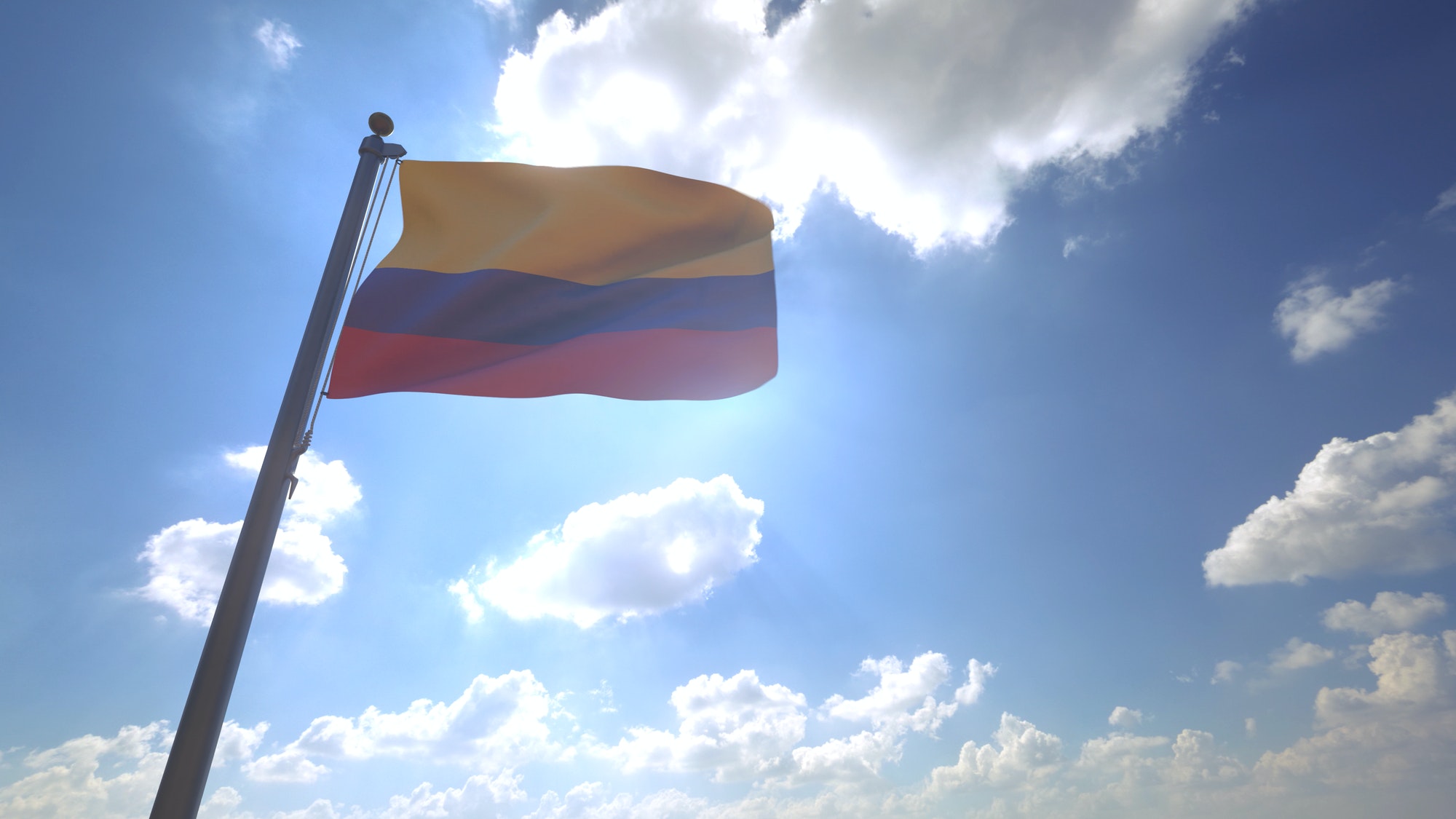What Happened in Colombia?
The Devastating Event
A huge landslide hit north-west Colombia, tragically killing at least 23 people and injuring around 30. This disaster happened as people were trying to escape other landslides in the area, causing a lot of damage and loss.

Why Did It Happen?
The landslide occurred in Choco province, known for its thick forests and being close to the Pacific Ocean. The area had a lot of rain recently. This shows how the local geography and weather play a big role in such disasters.
The Aftermath
Rescue Work and What Officials Say
Rescue teams, including local firefighters, rushed to help survivors. The Colombian President Gustavo Preto and Vice President Francia Marquez promised to support those affected. The mayor of Carmen de Atrato, Jaime Herrera, talked about how serious the injuries were and the efforts to save people still trapped.
Environmental Issues and Alerts
Colombia’s Institute of Hydrology, Meteorology, and Environmental Studies had warned about the danger of heavy rain in areas near the Pacific and the Amazon rainforest. This landslide shows why it’s important to study the environment more and take action before disasters happen.
What This Means for the Future
The Big Picture: Weather Extremes and Disasters
Colombia has been through a drought and then heavy rain, showing a pattern of extreme weather. This makes us think about how ready we are for such events and the importance of having strong infrastructure to deal with them.
How It Affects People and Places
The loss of lives and destruction, like cars buried under mud, deeply affects local communities. It shows how important it is to have strong buildings and roads, especially in areas where landslides are common, like Medellín and Quibdo.
Wrapping Up
The recent landslide in Colombia is a harsh reminder of how dangerous it can be when geography and extreme weather come together. It’s a wake-up call for more environmental study, better building and road planning, and getting communities ready for these kinds of emergencies.

Frequently Asked Questions (FAQs) About the Colombia Landslide
Q1: What exactly happened in the Colombia landslide?
A: A massive landslide occurred in north-west Colombia, resulting in the tragic death of at least 23 people and injuring about 30. This happened as people were trying to escape other landslides in the area.
Q2: Where did the landslide occur?
A: The landslide took place in Choco province, a region known for its dense forests and closeness to the Pacific Ocean.
Q3: Why did this landslide happen?
A: The landslide was likely due to a combination of geographical factors and extreme weather conditions, especially the significant rainfall the area experienced recently.
Q4: What were the rescue efforts like?
A: Rescue teams, including local firefighters, were quickly deployed to the site to help survivors. Efforts were focused on rescuing those trapped and providing medical aid to the injured.
Q5: What have the Colombian authorities said about the incident?
A: Colombian President Gustavo Preto and Vice President Francia Marquez have pledged support for the affected. The mayor of Carmen de Atrato emphasized the severity of the situation and the ongoing rescue efforts.
Q6: Were there any environmental warnings before the landslide?
A: Yes, the country’s Institute of Hydrology, Meteorology, and Environmental Studies had previously warned about the risks of heavy rainfall in the region.
Q7: What does this incident tell us about climate change and weather patterns?
A: The incident highlights the increasing pattern of extreme weather conditions, such as periods of drought followed by heavy rainfall, and raises concerns about climate change.
Q8: How has this event affected the local communities?
A: The landslide has had a devastating impact on local communities, leading to loss of lives and significant property damage, including vehicles buried under mud and rocks.
Q9: What are the implications for infrastructure in landslide-prone areas?
A: The disaster underscores the need for resilient infrastructure in areas prone to landslides and other natural disasters.
Q10: What can be done to prevent such disasters in the future?
A: To prevent similar disasters, there needs to be a focus on environmental studies, improved infrastructure planning, and community preparedness to better handle such extreme weather events.
Sources BBC


